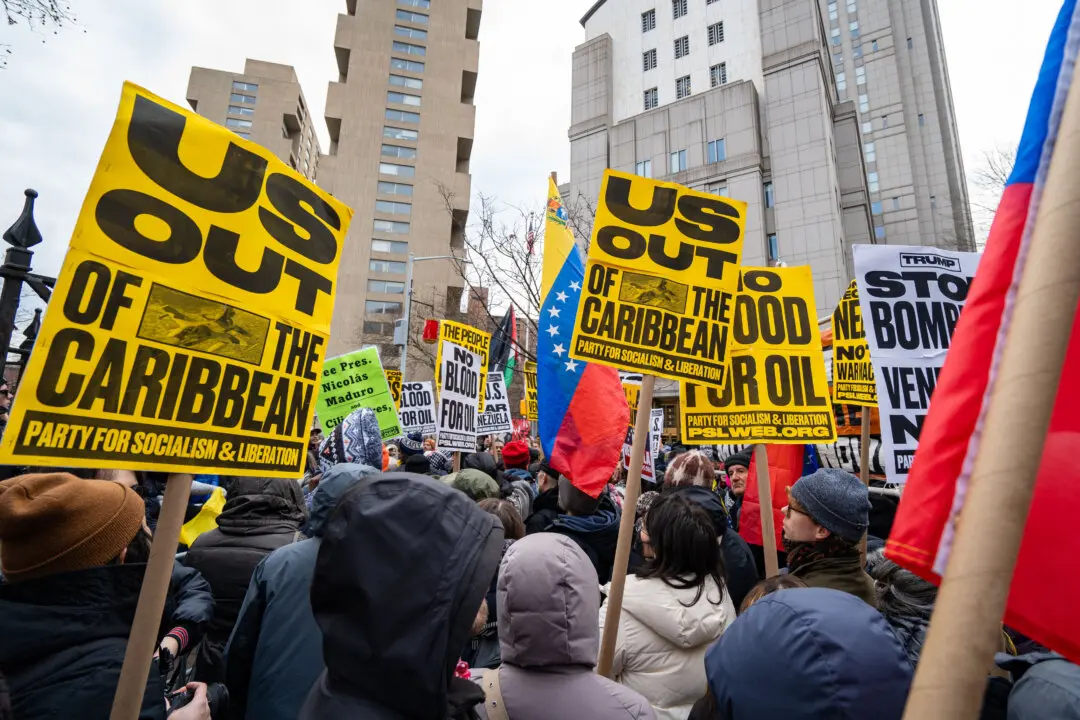The fast-spreading Omicron variant has hit Beijing amid emerging COVID-19 clusters across the country, raising pressure on the regime to keep the virus at bay just weeks before the city is due to host the 2022 Winter Olympic Games.
Beijing on Jan. 15 reported its first locally transmitted Omicron case from Haidian—the second-largest district located in the city’s northwest. Officials responded by sealing off 17 “risk areas” associated with the COVID-19 case. All residents of the neighborhood compound where the person lives have temporarily been barred from leaving their homes.





